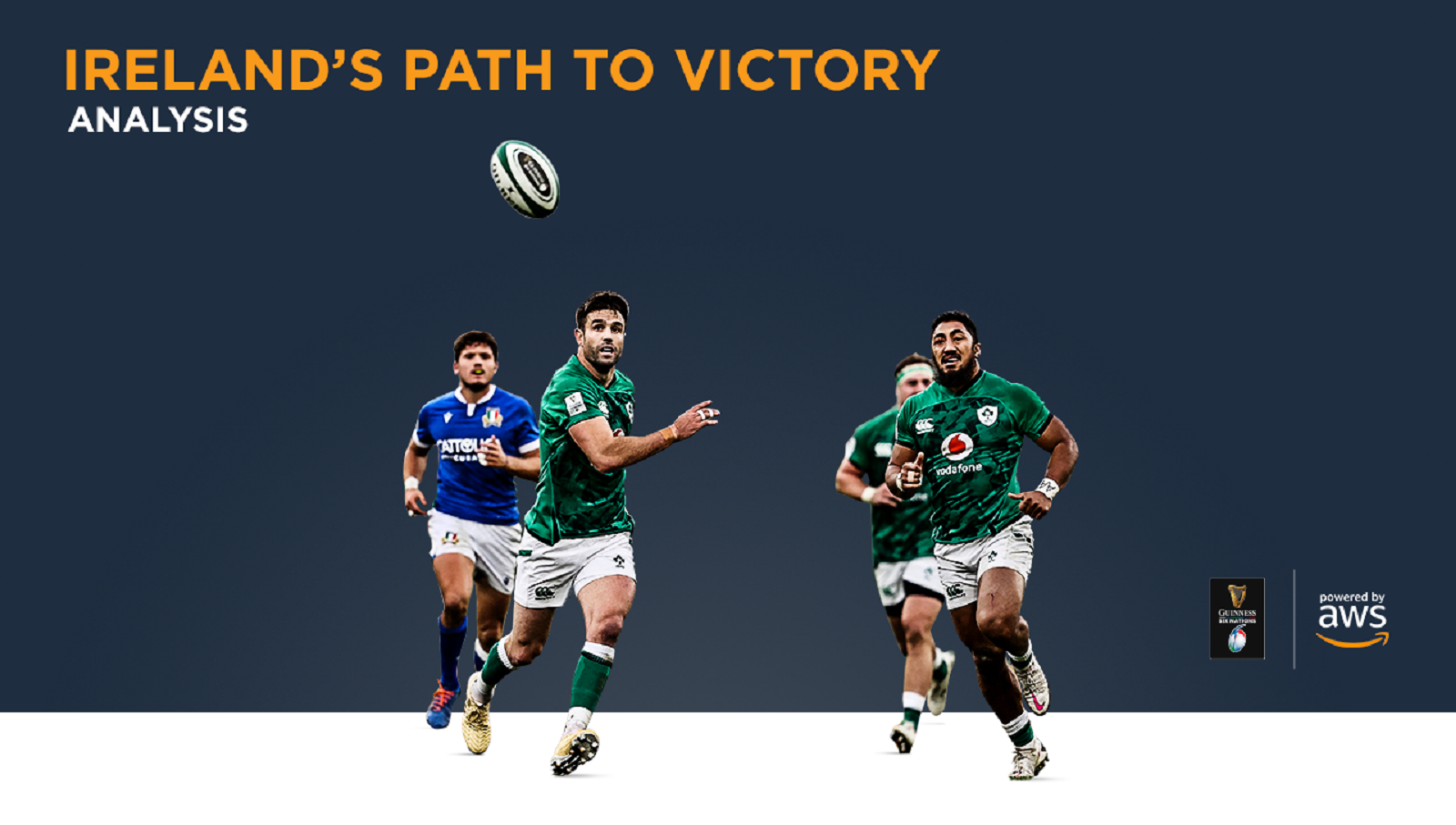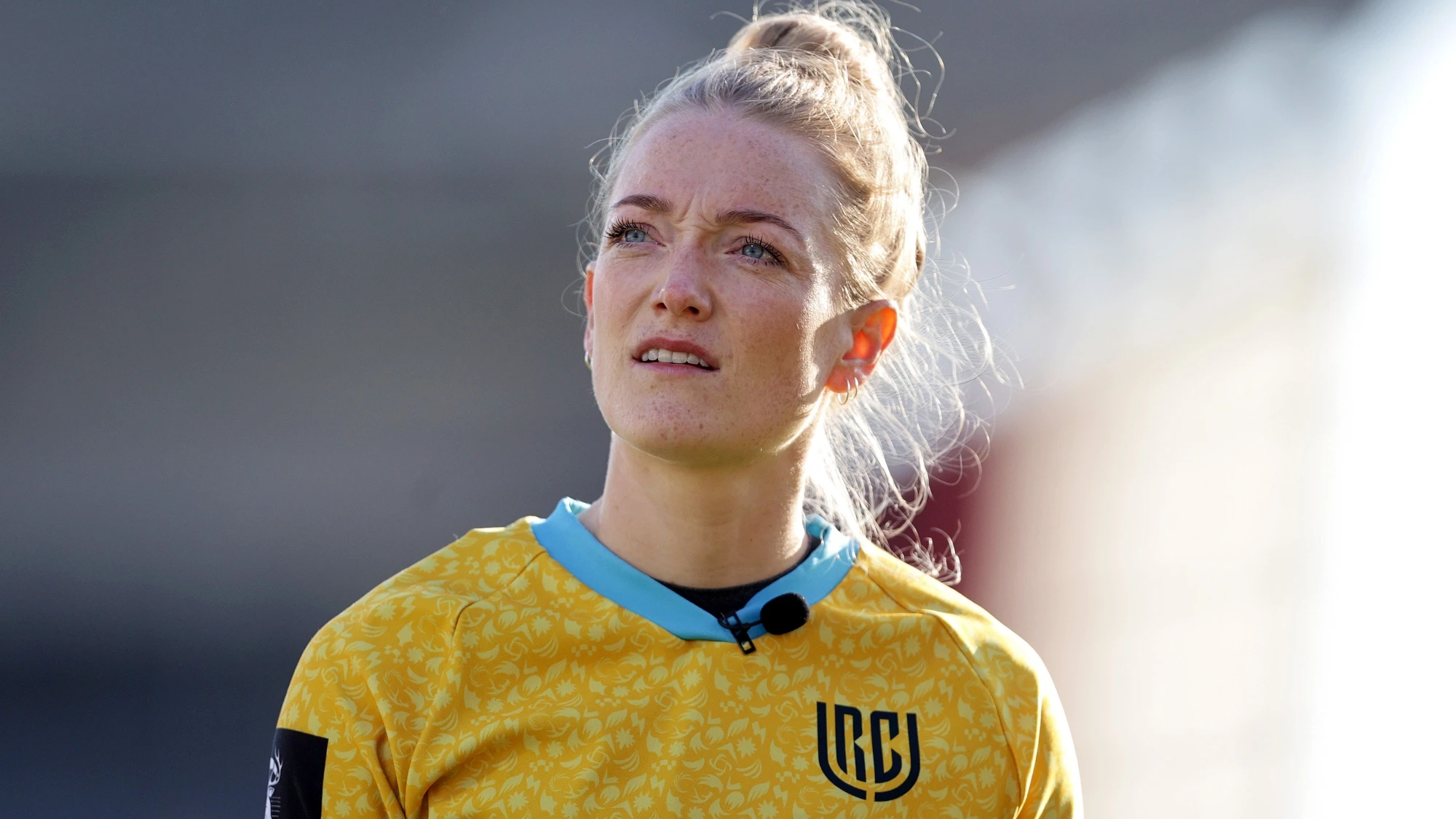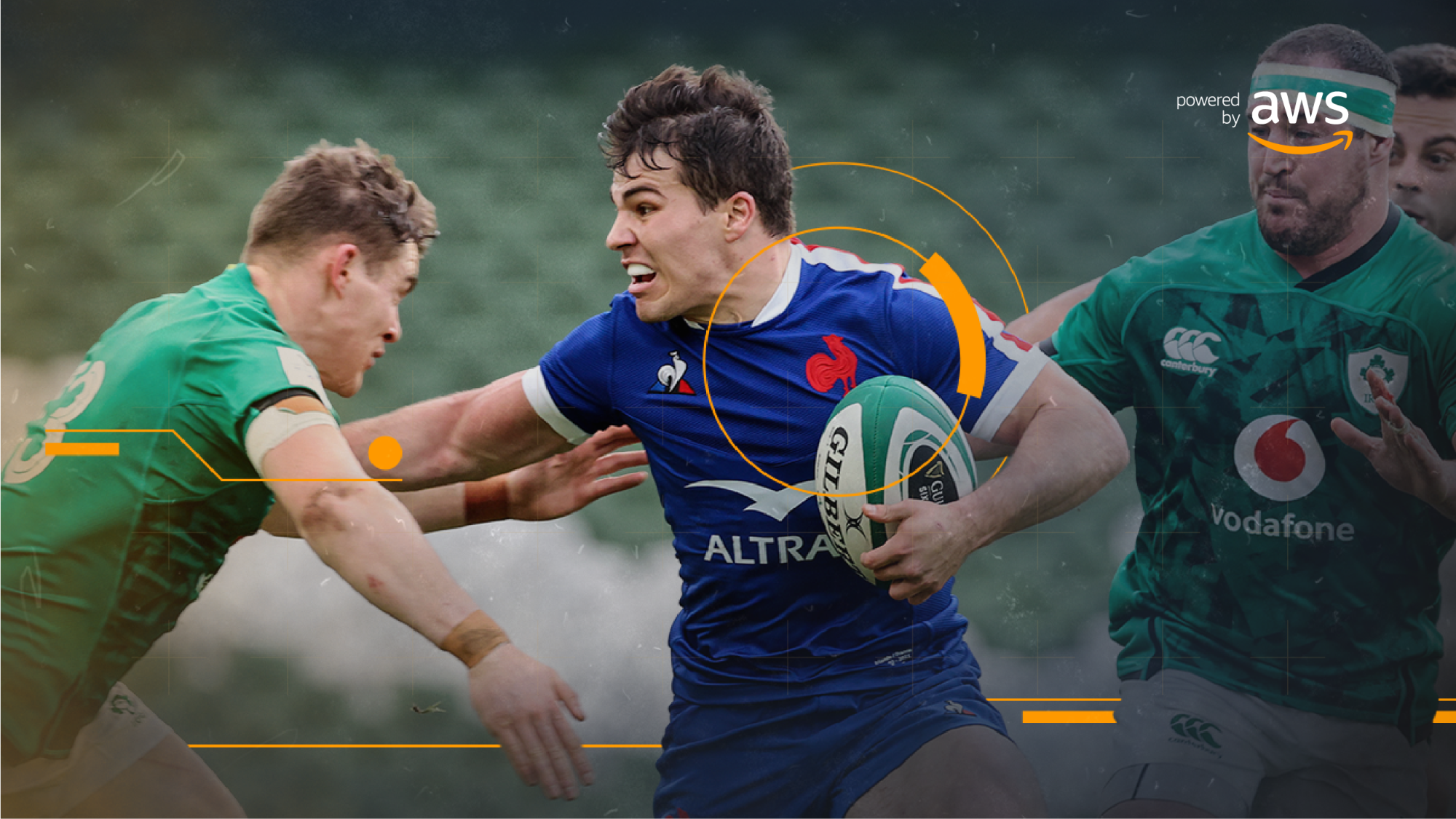How do Ireland win the Six Nations? Phase one is complete after a bonus point win against Italy. Phase two for Ireland in their quest to win the Guinness Six Nations is likely to be a tougher assignment: win in Paris and score four tries, something the Ireland team have never done before.
Ireland have scored four tries in France once but that match ended in a 43-31 defeat in 2006. Of the four times they have scored three tries against France in Paris, two were this century – the famous 27-25 victory in 2000, and six years ago, in a 22-20 win.
To add further intrigue to a dramatic day, victory of any sort – regardless of points or tries – would be enough for Ireland should Italy beat England, the two sides draw, or Eddie Jones’ side win without scoring four tries.
But this Ireland side are determined to make their mark – and doing something they’ve never done before to claim the title would certainly bring them a Super Saturday.
Ireland’s game in possession is still built on an intensive rucking game with fast ball allowing attacks to continue smoothly and efficiently.
AWS data on this year’s Championships shows that Ireland have more attacking rucks than any other team, averaging 108 per match. The ball is also recycled the quickest from those rucks, with just 2.62 seconds required on average.
In comparison, championship rivals England take 3.98 seconds to complete their rucks and France 4.09 seconds. Ireland’s retention at the breakdown is also the highest at 97.9%.
Defensively, Ireland are also one of the strongest teams in this area of the game, winning nearly eight turnovers per match, according to AWS. Both France (4.5) and England (3.75) are well below this level of success in forcing turnovers at the breakdown.
Ireland’s forwards are smaller than those of either England or France, which perhaps helps them to force more turnover ball. Ireland’s starting pack against Italy weighed 871kg between them. England and France’s packs weighed 912kg and 885kg respectively in their round four matches. Ireland have also switched their point of attack at rucks from the 2.03m James Ryan to the smaller, more mobile CJ Stander moving at pace.
AWS data reveals that 11 of Ireland’s 14 tries in this year’s Guinness Six Nations have come from lineouts and scrums.
A lot of this threat is built on Ireland’s powerful maul. Tries from Will Connors and Dave Heffernan against Italy came directly from a maul but it can also be used as an effective attacking platform.
Ireland’s opening try against Italy in the eighth minute was a good example of the team’s ability to turn a less than perfect situation into a score.
The maul did not set properly, but even without scrum-half Conor Murray on the pitch, stand-in Garry Ringrose was able to break and then martial his forwards into creating CJ Stander’s try. Note the speed of recycling at these breakdowns.
The maul was again used as an attacking weapon just before the half-hour mark, tying up Italy’s defence to such an extent that space opened up on both sides. Three quick passes by Murray, Bundee Aki and Robbie Henshaw and debutant Hugo Keenan was in in the corner.
France’s scrum has been a weakness during this Six Nations with the French conceding a remarkable ten penalties and three free-kicks. AWS data suggests that France’s ball handling is not as safe as other teams – indicating they take on a few riskier passes rather than any lack of skill on the part of the French player.
Their opponents have had over 10 scrums per match in this Championship, by far the highest in the competition. Ireland can profit if this continues.
Two moments against Italy illustrated the potency of Ireland’s counter-attacking. In the first, Jacob Stockdale catches the ball just inside the touchline. The full-back then runs nearly 50 metres through the entire Italy defence before releasing Keenan to score in the corner. Although the try was disallowed for obstruction, it clearly illustrated why Stockdale is in the team.
From the resultant penalty given for James Ryan’s obstruction in that move, Italy had a lineout inside the Ireland 22. Having secured the ball, Italy had 17 phases inside the Irish 22 before Caelan Doris won a turnover at the breakdown. Doris, Aki and Murray combined with the latter producing a perfect kick for Keenan to score in the corner, this time with no TMO review to chalk it off.
Ireland rarely score directly from counter-attacks and turnovers but these two moves show that the capacity for doing so is there, given the opportunity.
Ireland’s possession style should be ideal for keeping dangers to a minimum against France. In their four matches, the French team have been much more dangerous at the beginning of games than later on with 37% of the team’s points scored in the opening 20 minutes and 62% in the first half.
If France build the type of early lead they managed against both England and Italy, Ireland’s first objective of winning the match will be rendered almost impossible.
Scotland successfully stopped Les Bleus at BT Murrayfield by frustrating them in those early stages. Ireland must now do the same.
In the latter stages against Italy after the bonus point was won, Ireland began to play more expansively and offload to keep attacks alive.
In the first three rounds of the Championship, Ireland offloaded just 12 times. Against Italy, the team produced ten offloads including three in the lead-up to the fifth try by Johnny Sexton and the fabulous piece of skill from Peter O’Mahony to create the sixth try for Bundee Aki.
The ability to offload and play more expansively could well be crucial in the chase for a fourth try to guarantee a winning Ireland the title.
Ireland’s breakdown and set-piece provides a solid platform for a potential bonus-point win in Paris. The counter-attacking and offloading shown against Italy offers the chance to go for tries in the later stages against a French team who have been less potent in the second half.
The lack of a home crowd in Paris could mean that the Stade de France does not hold its usual fears for visiting teams.
If Ireland are to do what they have never done before – score four tries and win in Paris – there is enough in the data, and in the unique circumstances of this Championship, to say that this is a great opportunity to do so.
Simon Gleave is Head of Analysis at Gracenote Sports and has been a sports data analyst for nearly 20 years – you can follow him here on Twitter.



